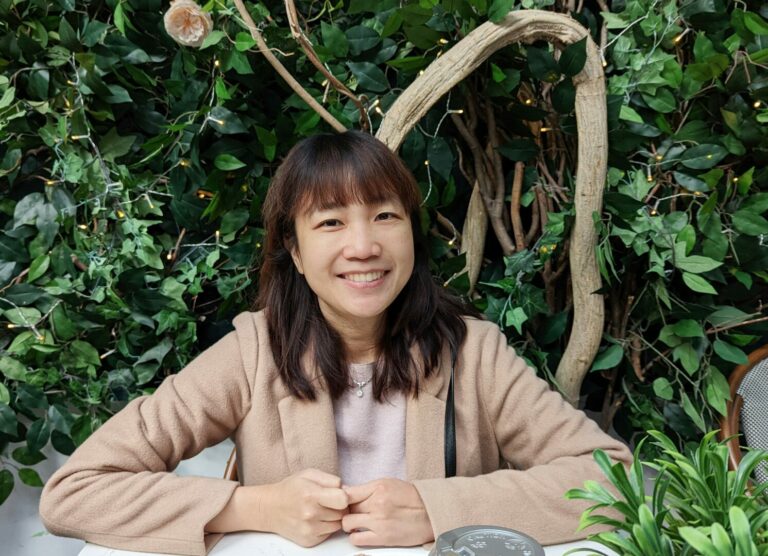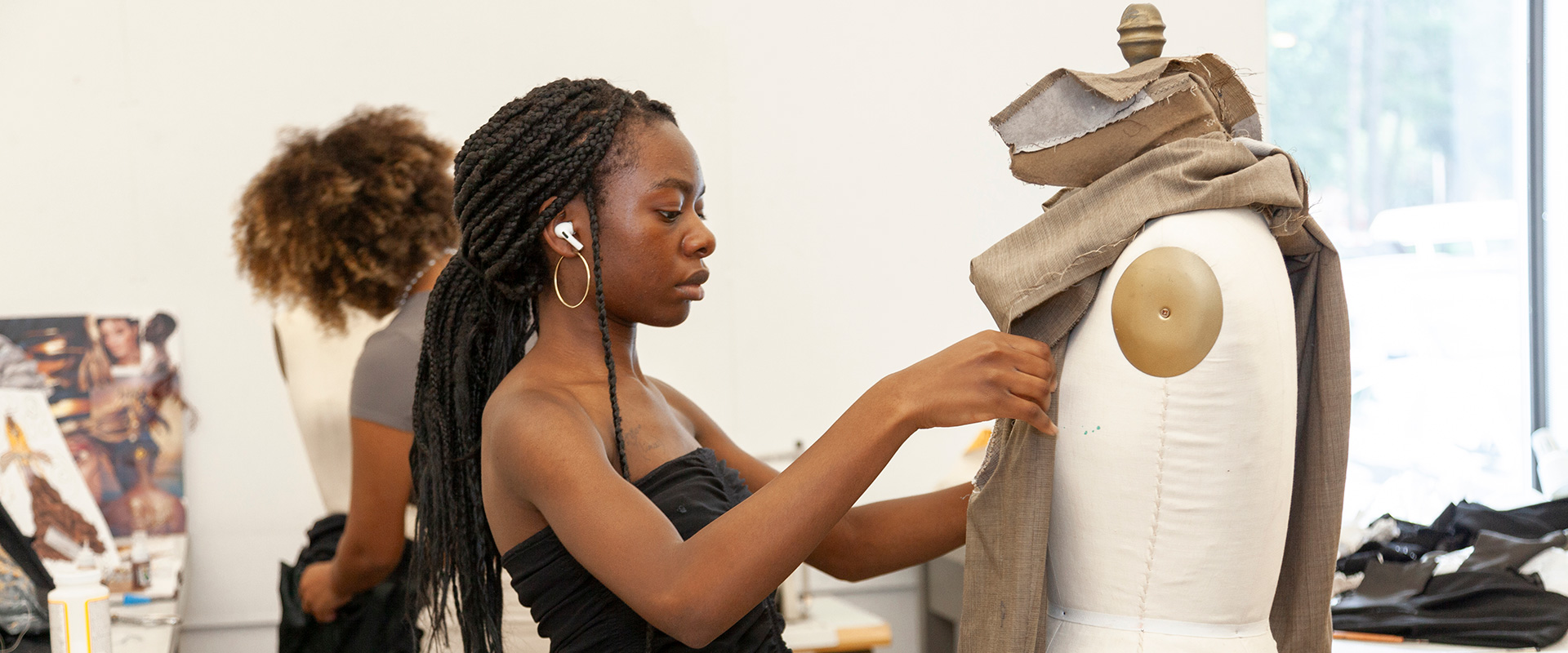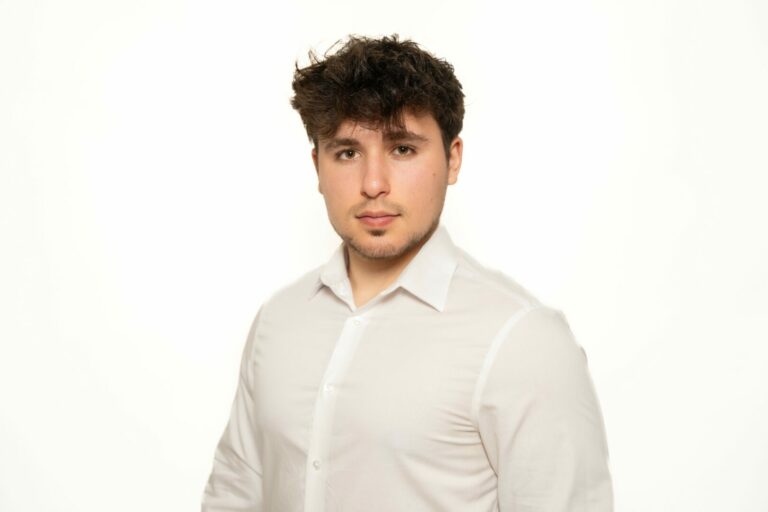We caught up with the brilliant and insightful Julia Haw a few weeks ago and have shared our conversation below.
Alright, so we’re so thrilled to have Julia with us today – welcome and maybe we can jump right into it with a question about one of your qualities that we most admire. How did you develop your work ethic? Where do you think you get it from?
The origins of my self-discipline come directly from reverse engineering from my North Star – and that North Star is liberation and authenticity. As a consistent practice, I often imagine myself at the end of my life. How have I spent this lifetime? How have I honored my given gifts, as well as humanity around me? Have I lived my radical truth? Have I extricated myself from external addictions and illusions in order to be absolutely free?
“A seeker of peace would drop the world’s bait.” -Uttara
All of my discipline stems from a guttural knowing that human life must never be squandered. While this does include thousands of hour of devoted work, it also includes the integral arts of being, ingesting, hunting/gathering and devoted observation. My self-discipline comes from a deep knowing as to why I am here on this earth, and doing my absolute best to honor this divine experience.
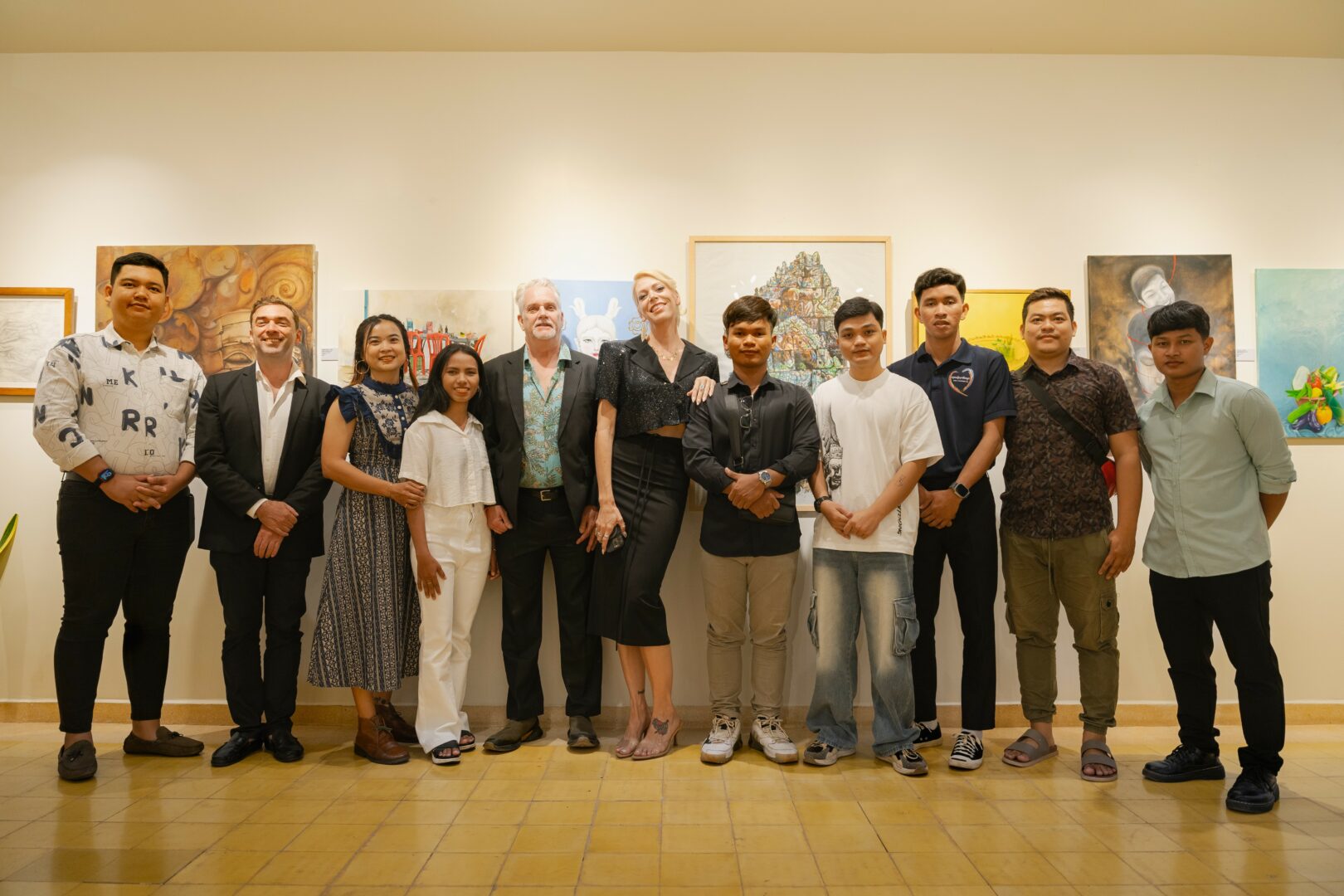
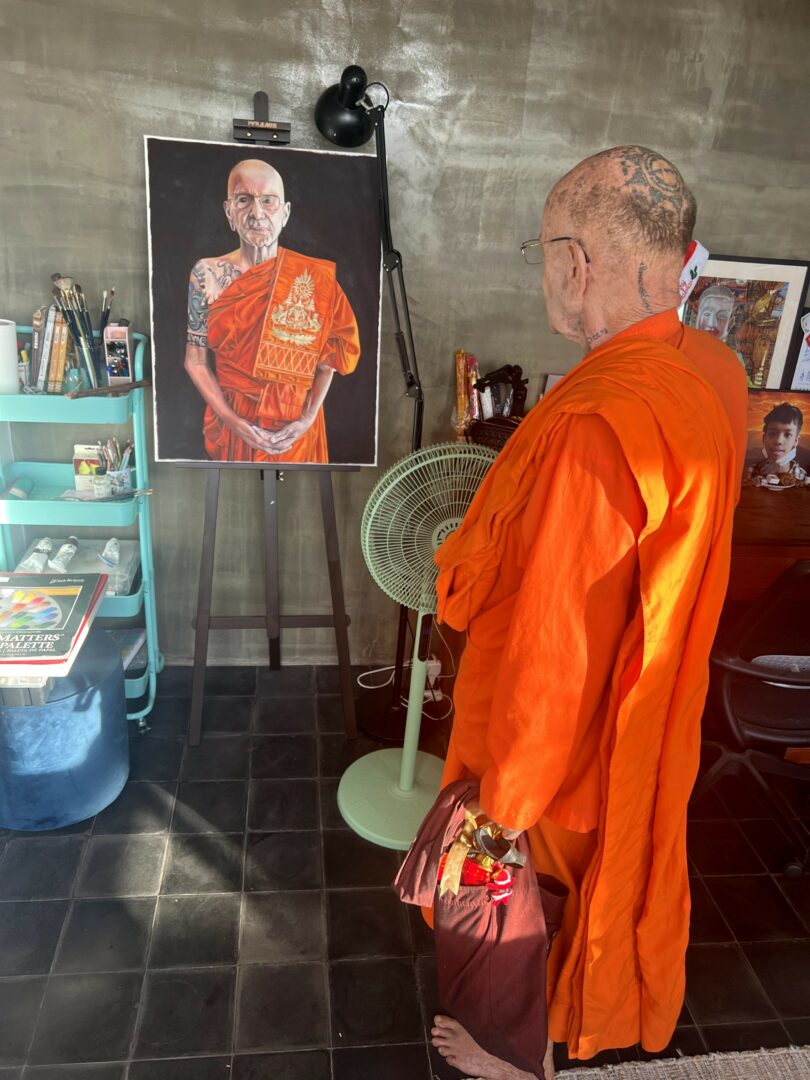
Thanks for sharing that. So, before we get any further into our conversation, can you tell our readers a bit about yourself and what you’re working on?
As an oil painter I approach my work with an ingrained, and deep-rooted curiosity stemming from a rural Michigan upbringing, one that embedded memories of broad fields, mysterious woods, blazing blue skies and feverous sketching in a makeshift studio in my parent’s basement. That framework of bare-foot liberated youth, as well as living as presently as possible in adulthood, translates into my work as a now experience-rich blend of empathy and open-eyed perspective. The influences in my work draw first from that endless well of living a seasoned life, as well as traveling to perspective-shifting places in the world, daily meditation, hardships, the deep desire for continual education, and leaning into fear unabashedly. As I learn to observe the world in a more concentrated sense, the deftness of my brush to paper or canvas increases.
My paintings are generally viewed as emotive, bold and color sensitive, and are often described as memorable. The content and message of my work emanates from a sincere examination of a broad range of topics, with a high focus on themes surrounding feminism, fear, faith, intimacy, control and death. I highlight aspects or objects around me that are often considered by most to be arbitrary or mundane, but which are actually laced with undertones of those political and social themes. I tend to give people that have been marginalized or stigmatized in society, a platform of respect in my paintings. The elevation of the overlooked, both animate and inanimate, feeds my work. One of the highest goals I strive for, is simply providing my audience with a palatable entry-way into approaching more difficult subject matters, by harnessing the use of intrigue, humor and beauty. This approach creates a safe groundwork in order to facilitate thought-provoking dialogue, and ultimately shared human connection. I am above all a narrator telling the story of this moment.
My work has been exhibited internationally in Siem Reap and Phnom Penh, Cambodia, and in the U.S. at the Chicago Cultural Center, IL State Museum, P.S. 1 Biennale (New Orleans), and various other galleries located in Michigan, New York, Illinois and Louisiana.
I live and work in the US and Cambodia primarily, and currently serve as the director at The River Gallery in Siem Reap.
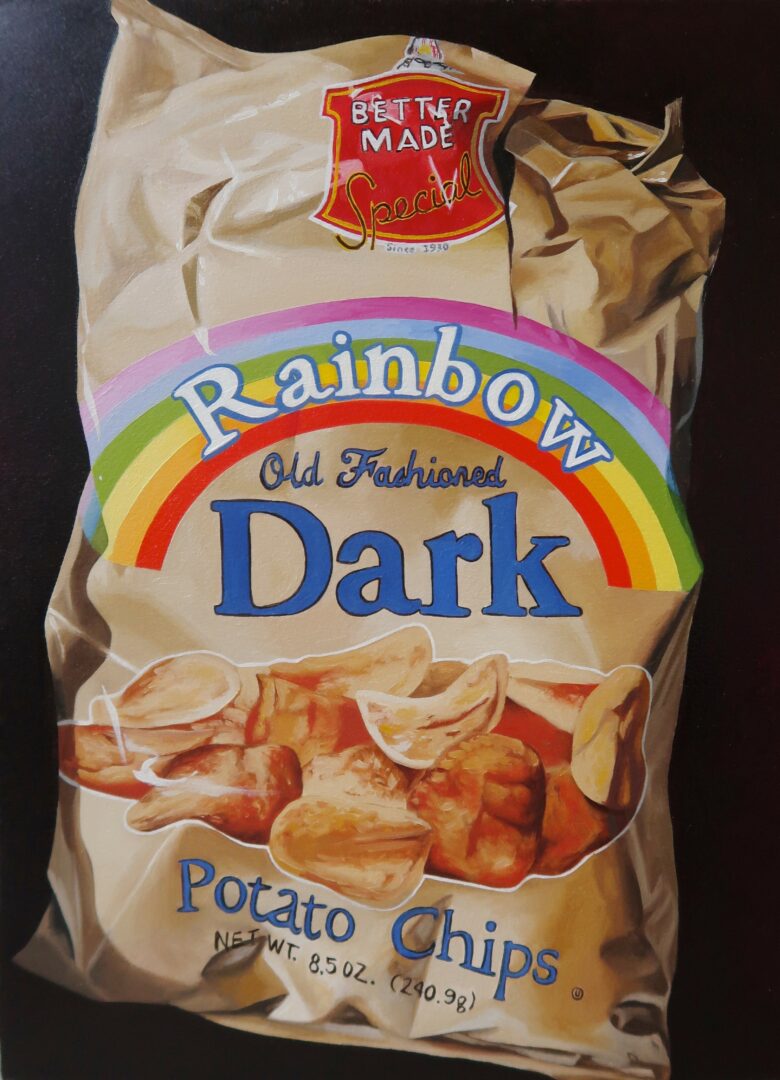
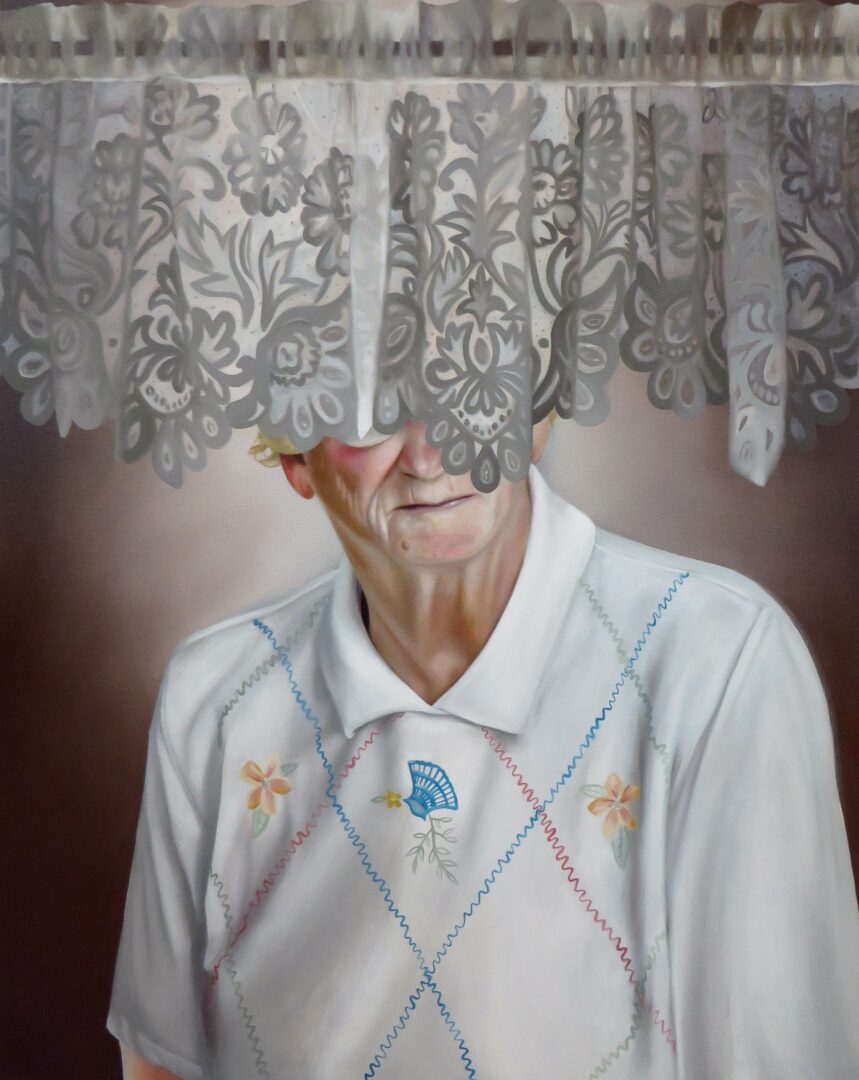
There is so much advice out there about all the different skills and qualities folks need to develop in order to succeed in today’s highly competitive environment and often it can feel overwhelming. So, if we had to break it down to just the three that matter most, which three skills or qualities would you focus on?
1. Devotion. Devotion to craft is the absolute crux of a successful career. An artist must possess an unwavering commitment to their chosen gifts, and while the imaginative possibilities are limitless, the straight line toward some measure of being noticed is paved with extremely hard work, even when (most often when) you “don’t feel like it.”
2. Optimism and equanimity. When I was living in Chicago, IL for 9 years, my best friend Claire was a curator and represented/sold my work for years. But we were scrappy kids in our 20’s and early 30’s – the toughest moments (that always seemed to correlate with the brutal cold midwest winters), were the long periods of time when we didn’t make a sale. We would sit there in near agony thinking “something’s got to give!!!!” It’s very easy to get inside your own head thinking that your work is unsuccessful, even worse perhaps terrible — or that you may never sell a work again. The pressure to cry, beg, or plea for help was real. We would sit together and commiserate, but realized that to collectors or gallery owners we must never show our fear or desperation. If a buyer approached us that ultimately didn’t purchase a work, it took an immense amount of equanimity to remain stable even under dire circumstances. Smile and move on — never take a no for a no – just a maybe later. Buyers can smell desperation and it’s not a good look. Inherent self belief, as much as possible, is in order.
3. Tough Skin/Never taking things personally. Keep this staunch fact alive at all times: ALL ART IS SUBJECTIVE. As in romance, there will always be someone who is interested in you – and a buyer for your work – you may just have to work harder to find them. If someone has opinions about your work, smile and carry on – even when you’d like to slap them with a leather glove across their left cheekbone. It’s incredibly difficult to remain non-emotional regarding masterpieces you feel you’ve worked hard on and personally feel proud of. But just know there will be those that you connect with who understand and honor your work.
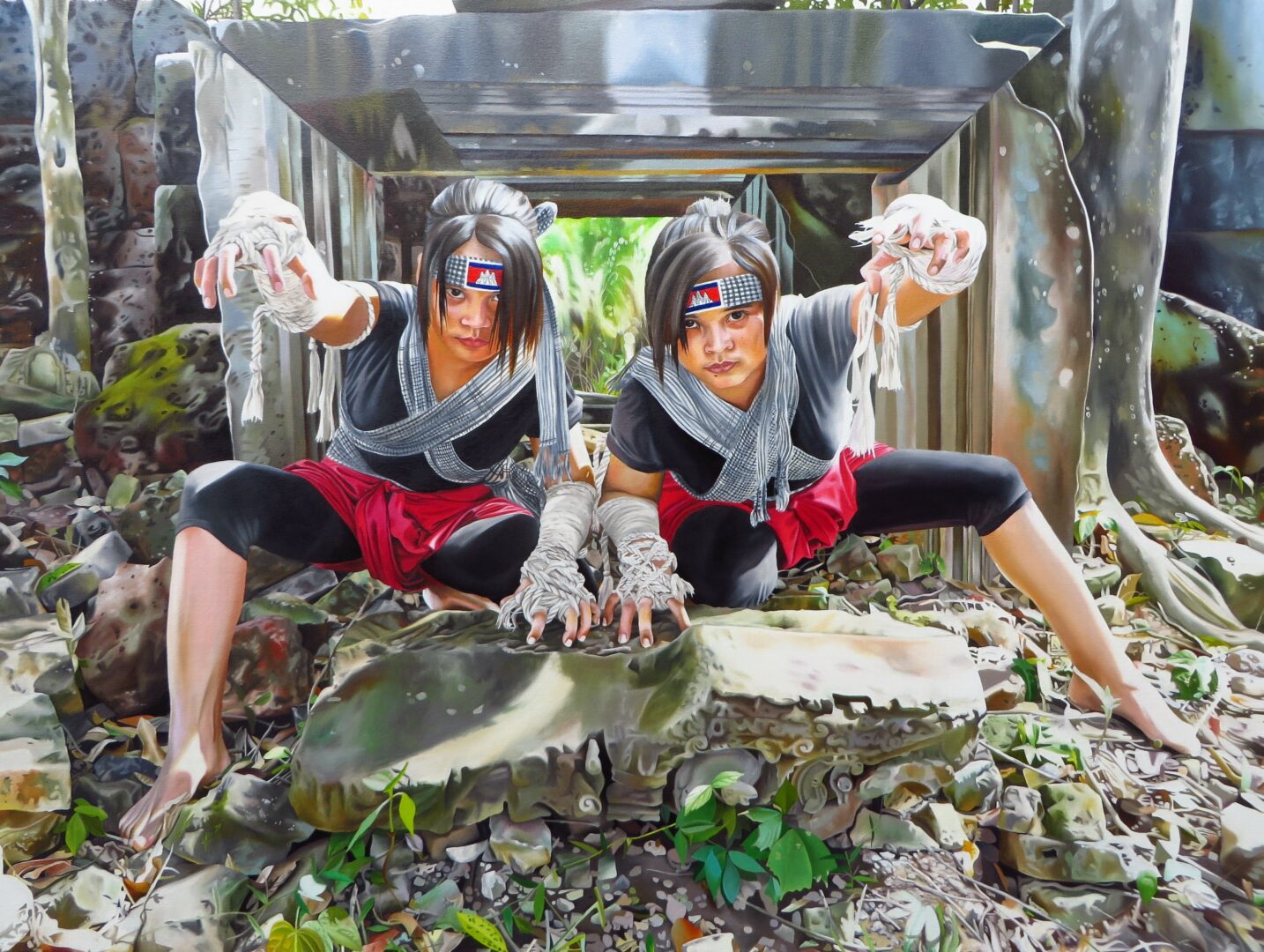
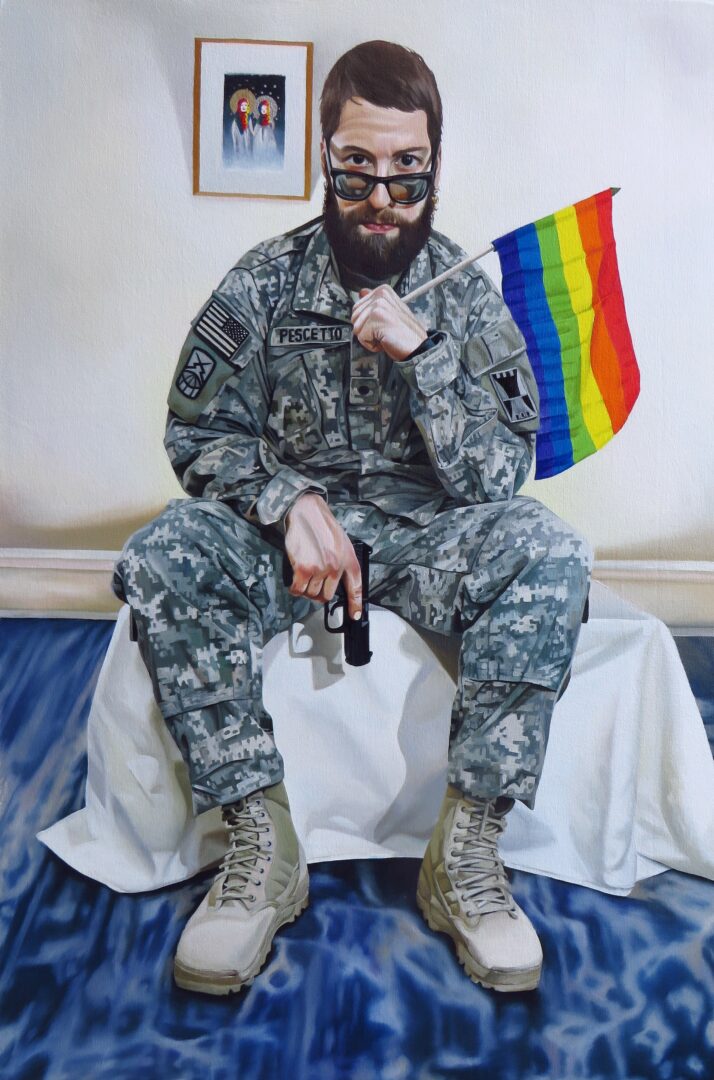
What has been your biggest area of growth or improvement in the past 12 months?
Over the last twelve months, my biggest area of improvement was the district re-centering of myself. I imagine myself as a flower, myself at center. The petals of my flower are: work, relationships, friends, spiritual practice, etc. But anytime anything extremal to self shifts to that center, it is most certain that problems will arise over time. One must always take care of self first. Only then can they full take care of any thing or living creature outside of that center space.
Contact Info:
- Website: https://www.juliahaw.com
- Instagram: Julia_haw
- Facebook: Julia Haw
- Linkedin: https://www.linkedin.com/in/julia-haw-04044b41/
- Youtube: https://www.youtube.com/@juliahaw
- Other: Tiktok: @julia_haw
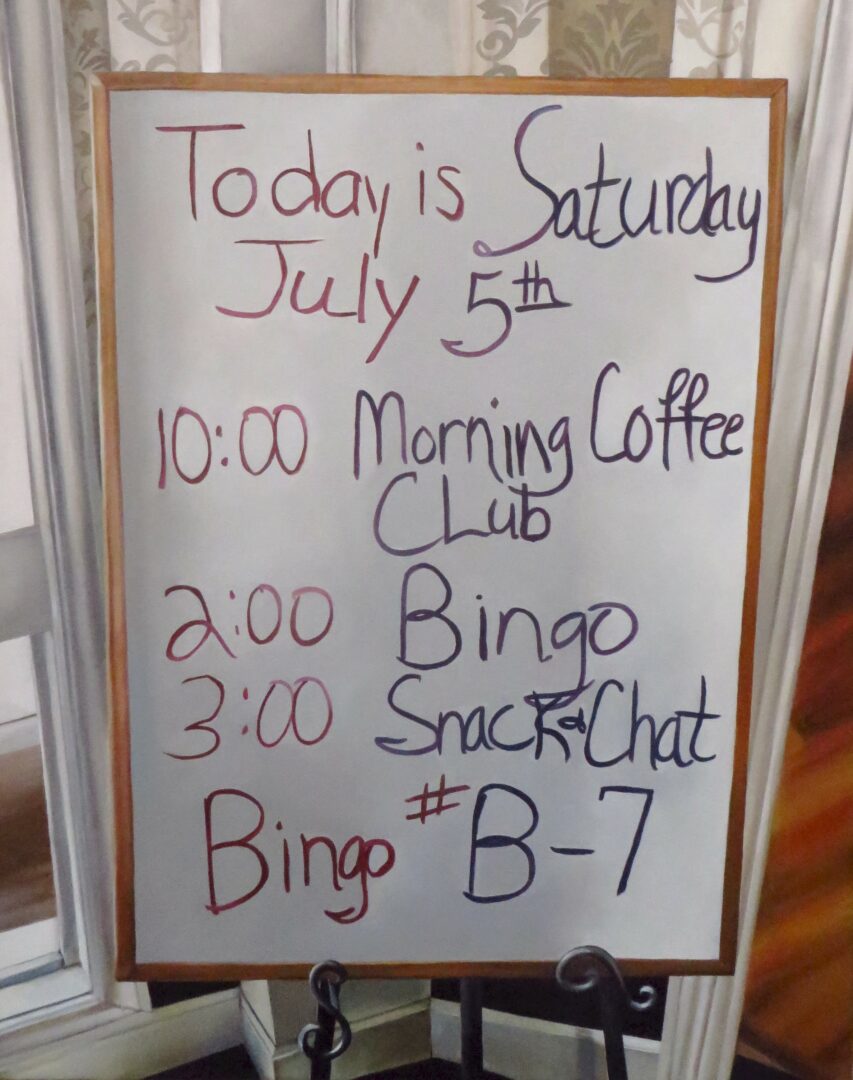
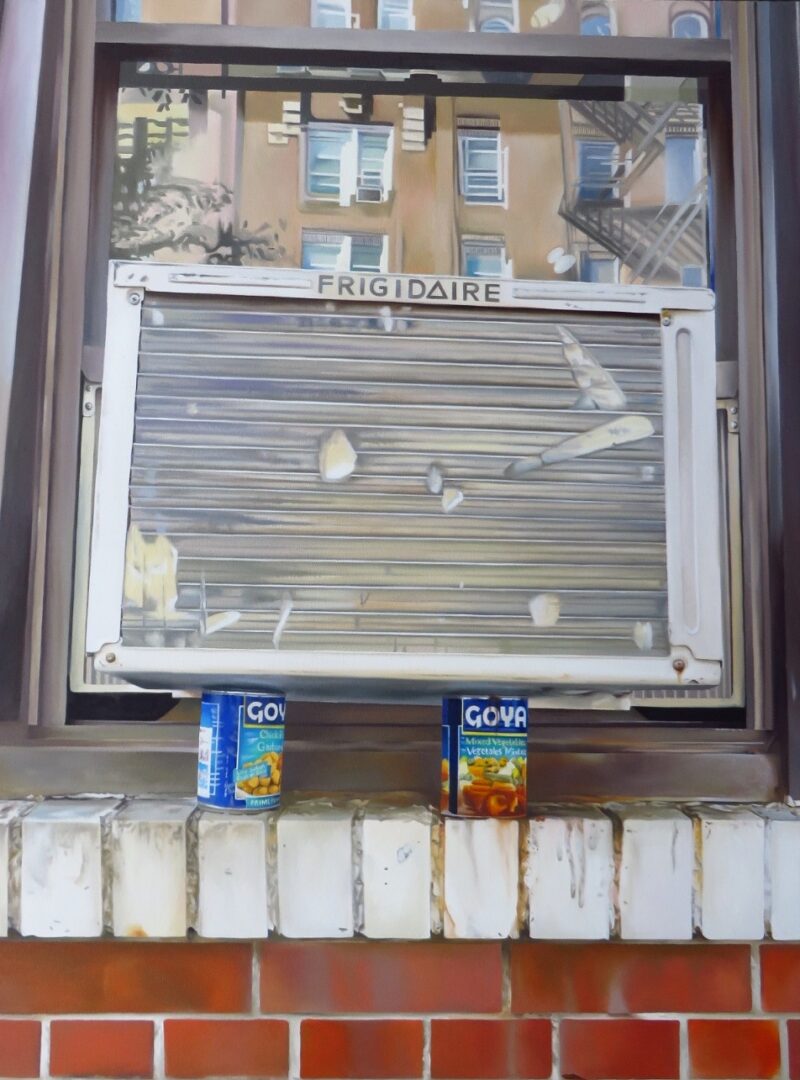
Image Credits
For the group shot, image credit: Guy Rady
so if you or someone you know deserves recognition please let us know here.


